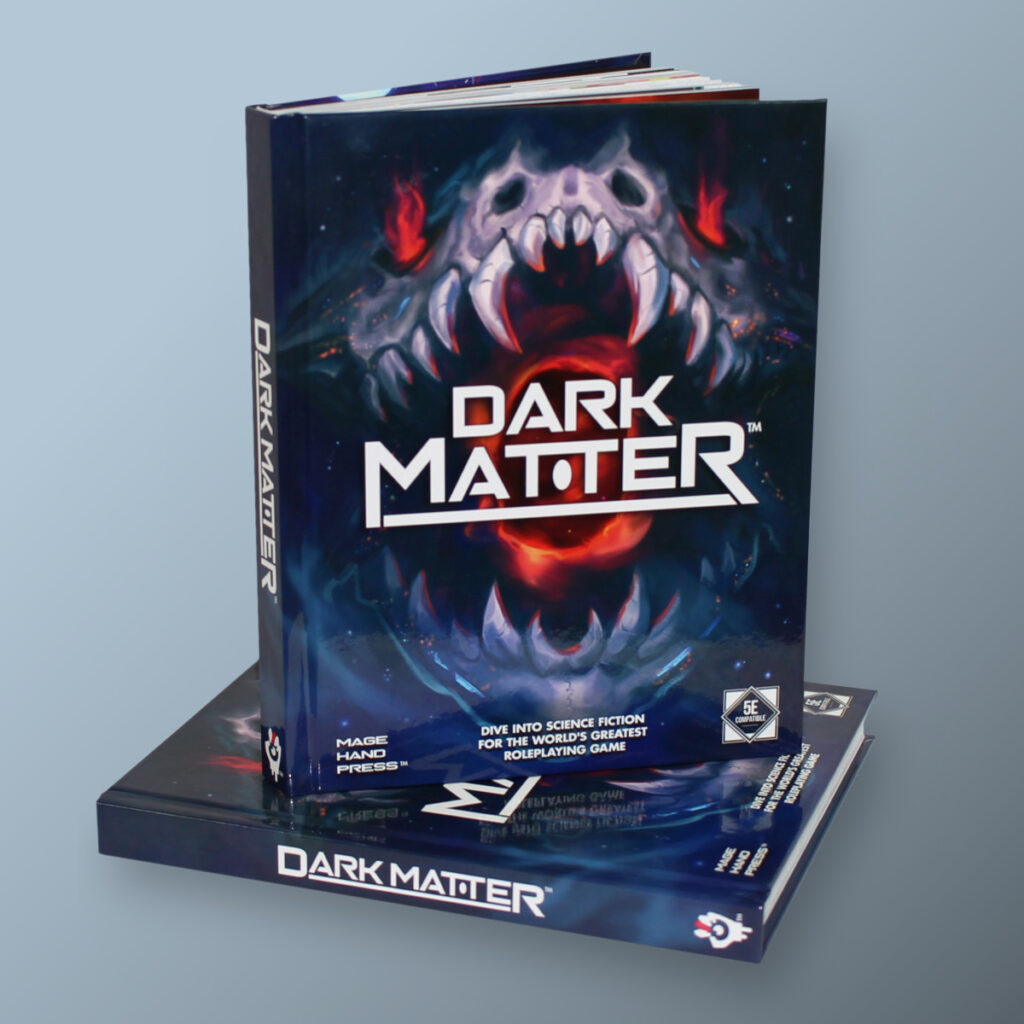We’re up to five siegeball articles, and it’s time to get back to hard-and-fast rules. This time: nonmagical siegeball equipment. (Yes, archetypes are coming as well — hold your horses.)
If you want to see all the articles so far, check here.
Siegeball Equipment
Armor
Because siegeball is a full-contact sport, most athletes rely on sturdy, dependable gear to achieve a long career. The specifics of siegeball gear may vary, but all are designed from the same framework as conventional armor, fitting hardened leather and metal plates strategically to mitigate impact. Chiefly, however, siegeball gear places in importance on mobility, and so tends to be lighter and more flexible van contemporary armor, if not less protective.
Armor
| Name | Cost | Armor Class (AC) | Stength | Stealth | Weight |
| Light Armor | |||||
| Siegeball Gear | 25 gp | 12 + Dexterity modifier | – | – | 12 lb. |
| Medium Armor | |||||
| Padded Siegeball Gear | 50 gp | 14 + Dexterity modifier (max 2 ) | – | – | 18 lb. |
| Heavy Armor | |||||
| Spiked Gear | 75 gp | 16 | Str 13 | Disadvantage | 35 lb. |
Armor Descriptions
Siegeball Gear. This set of leather equipment, which includes a padded helmet, sturdy gloves, elbow and kneepads, and a few protective guards, is standard attire for most siegeball players. It balances light weight and flexibility with some impact resistance, but does little to protect an athlete from twisted or overextended joints.
Spiked Gear. Festooned with iron spikes on its shoulder pads, helmets, and kneepads, this siegeball gear is lethal in its own right, and is used only in underground arenas. When you tackle or are tackled by another creature while wearing this armor, you deal piercing damage equal to your Strength modifier to that creature.
Padded Siegeball Gear. With greater padding and armored plates protecting the most vital areas, this version of siegeball armor trades portability for protection. Heftier players, who are more effective using their bodies as battering rams, are likely to appreciate the extra protection.
Weapons
One of siegeball’s biggest attractions is the bewildering variety of weapons used across the game. Some variants of the game allow all manner of lethal weapons, which increases this variety (as well as the danger posed to players) tenfold. But even in regulated games, where the types of weapons are more strictly controlled, siegeball allows for multiple weapon types, selected from the following options.
Weapons
| Name | Cost | Damage | Weight | Properties |
| Simple Weapons | ||||
| Siege Baton | 1 gp | 1d4 bludgeoning | 2 lb. | Finesse, light |
| Siege Bat | 2 gp | 1d8 bludgeoning | 3 lb. | Finesse, two-handed |
| Martial Weapon | ||||
| Siege Club | 6 gp | 1d12 bludgeoning | 6 lb. | Heavy, two-handed |
| Other | ||||
| Spiked Ball | 2 gp | – | 4 lb. | Special |
Weapon Descriptions
The following weapons are used almost exclusively in games of siegeball.
Siege Baton. A three-foot long cylindrical bat with a short, padded handle, the siege baton is the lightest weapon allowed in most siegeball games. It is normally favored by those dexterous enough to effectively brandish one in each hand, allowing them to use both batons to strike the ball at once, or to strike the ball twice as often, allowing for greater maneuverability across the arena.
Siege Bat. A cylindrical club exceeding four feet in length, with an impressive heft, the siege bat is the standard weapon used in siegeball games. Most tournaments have adopted standard rules as to a bat’s composition, weight, and length, with the mass and balance of a bat. Usually, in compliance with these rules, a siege bat’s weight and balance is augmented by a lead mass installed near its far end, where the bat is also thicker and reinforced by an iron band.
Siege Club. A weapon only for the stoutest of athletes, the siege club is a two-handed club of immense size and weight. Designed with a wedge-shape for both a wide blocking and striking surface, almost all siege clubs are built with a lead core running their length to increase their heft. Even with a series of iron bands reinforcing it, siege clubs are known to smash mid-game under the force of intense strikes and powerful blocks.
Spiked Ball. Though it is less a weapon, and more a piece of game equipment, the spiked ball can be lethal all the same. Its surface is covered in broad half-inch long metal studs that tear up the turf and break bones on impact.
Special Property
The spiked siegeball has the following special property:
Spiked Ball. The spiked siegeball deals double damage to creatures it hits.



